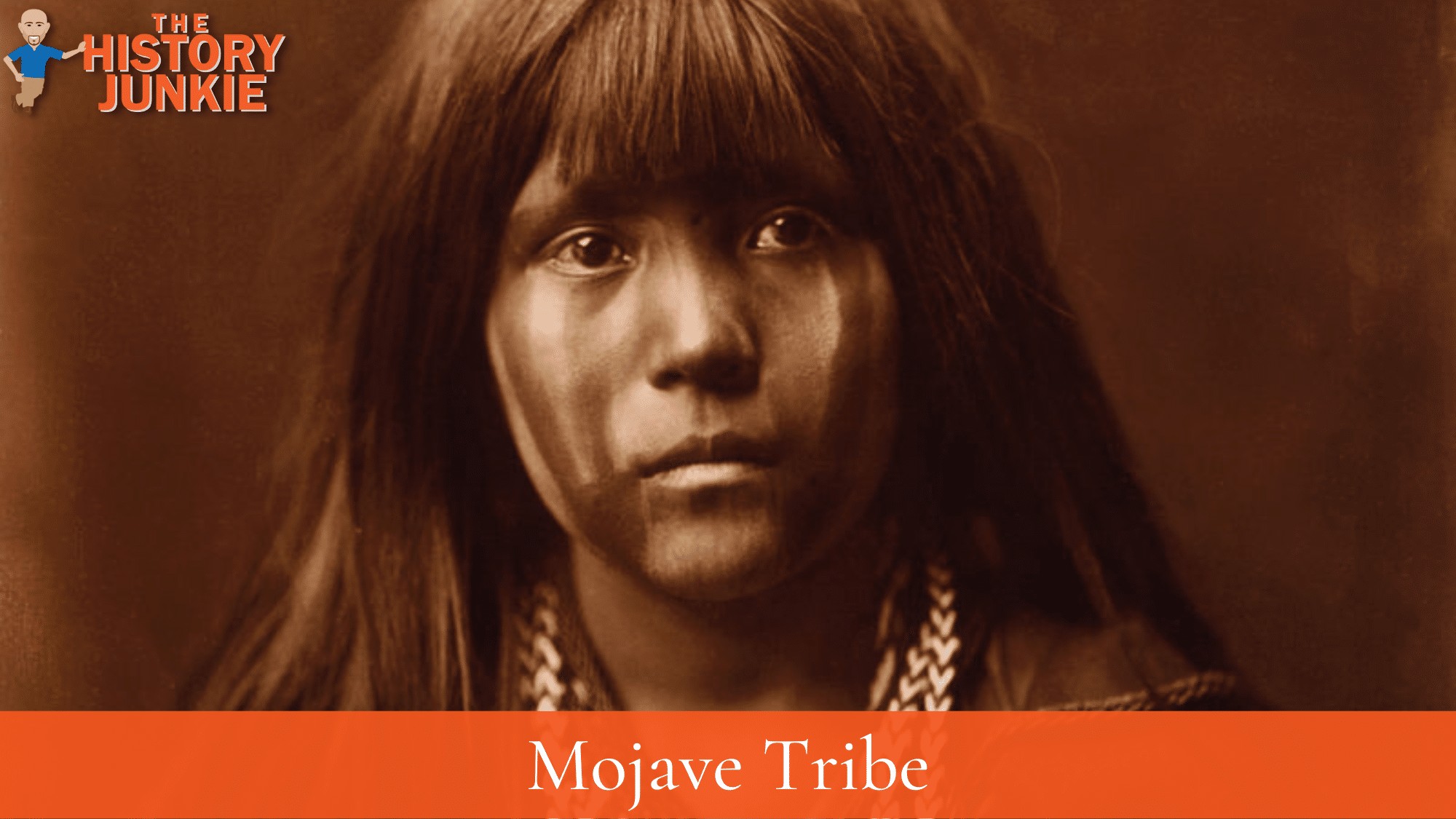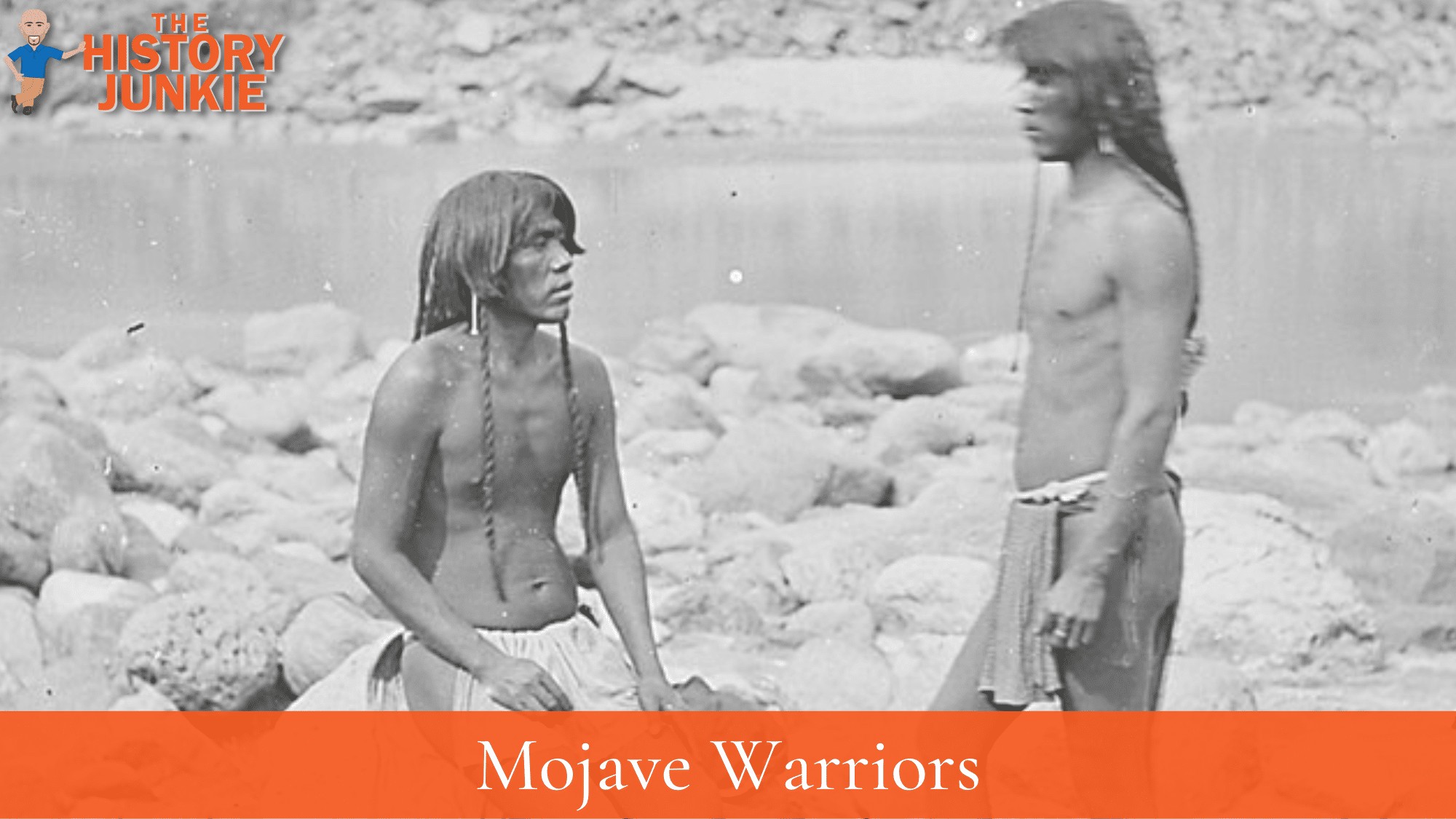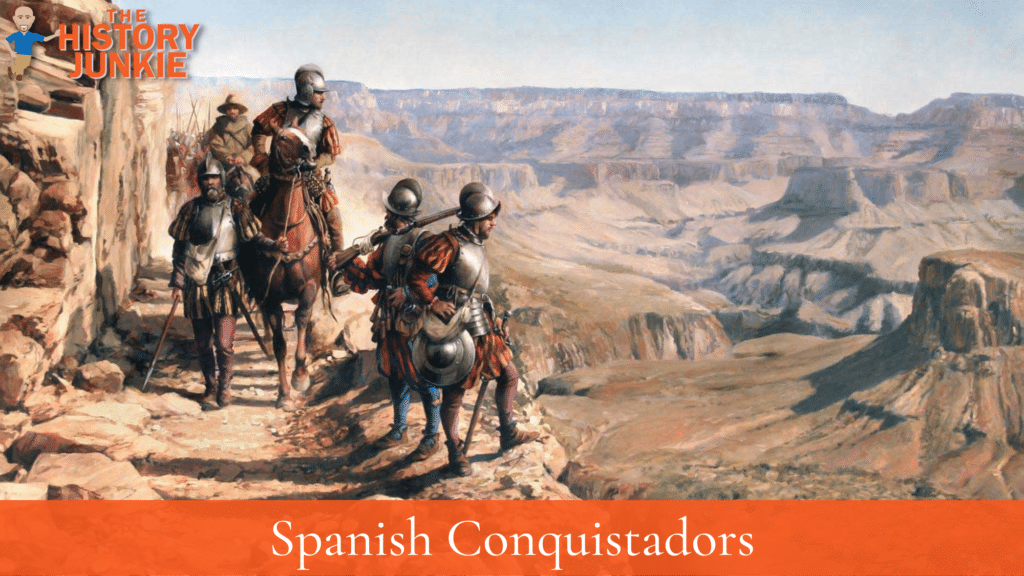
Jump to:
#1. The Mojave Tribe Ancestral Lands Was The Black Canyon
The Mojave Tribe was a Southwest Indian tribe located in the Black Canyon.
The Mojave held lands along the river that stretched from Black Canyon, where the tall pillars of First House of Mutavilya loomed above the river, past Avi Kwame or Spirit Mountain, the center of spiritual things, to the Quechan Valley, where the lands of other tribes began.
As related to contemporary landmarks, their lands began in the north at Hoover Dam and ended about one hundred miles below Parker Dam on the Colorado River, or aha kwahwat in Mojave.
#2. The Mojave And Quechan Tribes Were Often Allies

The Mojave and Quechan tribes were the two tribes that pushed the Maricopa tribe off their land and further into southern Arizona. They were expanding their territory and took advantage of the much small Maricopa tribe.
The two tribes would again meet the Maricopa decades later, but this time, the Maricopa had allied themselves with the Pima tribe.
The two tribes would fight at the Battle of Pima Butte, where they would be defeated.
#3. They Came Under Submission to the United States Government
William Hoffman arrived near the Mojave people with plans to build a fort to protect emigrants who were moving west.
When he arrived, he sent word to the Mojave to meet with him, which they did. During the meeting, Hoffman explained that they could either submit to American leadership or be exterminated. The Mojave agreed to submit.
Under American law, the Mojave was to live on the Colorado River Reservation after its establishment in 1865. However, many refused to leave their ancestral homes in the Mojave Valley.
At this time, under the jurisdiction of the War Department, officials declined to try to force them onto the reservation, and the Mojave in the area were relatively free to follow their tribal ways.
#4. The Spanish Were The First To Make Contact

The Spanish Conquistadors were the first to make contact with the Mojave Tribe. At the time of contact, the Mojave was the largest concentration of natives in the southwest of the continent.
Their population would be hit hard with the disease, specifically smallpox, that the Spanish did not know they were carrying. Their population would drop anywhere from 50 - 80% within the next century. Their birth rate could not keep up with the loss of life.
This caused them to not only become weaker as a tribe but to lose their oral history. Although much of it is still spoken, no doubt much has been lost in history.
#5. The Mojave Tribe Currently Lives On A Reservation
The Mohave, along with the Chemehuevi, some Hopi, and some Navajo, share the Colorado River Indian Reservation and function today as one geopolitical unit known as the federally recognized Colorado River Indian Tribes; each tribe also continues to maintain and observe its individual traditions, distinct religions, and culturally unique identities.
Since they are able to maintain their traditions, there are events that they enjoy during the first week of October that is held annually.
The Mojave tribe also inhabits the Fort Mojave Indian Reservation.
